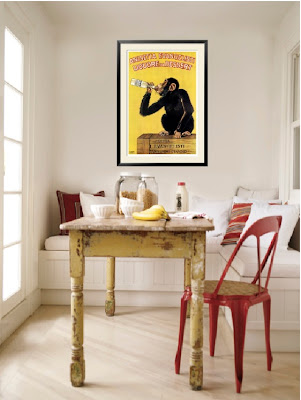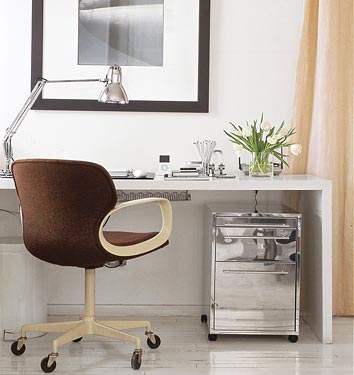"High on a Czechoslovak hill, the Landauer House shines as a marvel of steel, glass and onyx. Built specially for newlyweds Viktor and Liesel Landauer, a Jew married to a gentile, it is one of the wonders of modernist architecture. But the radiant honesty and idealism of 1930 that the house seems to engender quickly tarnishes as the storm clouds of World War Two gather. Eventually, as Nazi troops enter the country, the family, accompanied by Viktor’s lover Kata and her child Marika, must flee."
This is the synopsis of the new novel by Simon Mawer, The Glass Room, which made the short list of The Man Booker prize in 2009. Written as historical fiction, this novel immediately caught my attention when I found out that it centered around the design, construction and habitation of one of Ludwig Mies Van der Rohe's most famous pieces of architecture, The Villa Tugendhat in the Czech Republic. This exemplary piece of modern architecture plays a central role in the lives of the fictional characters in the story, however, in real life this home was commissioned by a Jewish couple in Czechoslovakia between the two world wars. Mawer takes extreme artistic license to create a tale of art, architecture, sex and betrayal but the description of the house is accurate down to the very last detail. And as the review from The Guardian in the UK stated, "The Glass Room is not merely a piece of architecture within the book; it is the architecture of the book."
The Villa Tugendhat is Mies Van der Rohe's crowning jewel, the architecture is spectacular as are the interiors. It is amazing how keenly aware, architects of the past were of the little details of a project. From ones approach leading up to the property, to how you enter and exit rooms and the views you experience within the space. I remind myself that it is often an interior designers job to come in after the fact and work with the "architecture" of today to create these types of experiences, long after the "architect" of today has gone.
I look forward to reading this piece of fiction and hopefully someday soon visiting The Villa Tugendhat in the Czech Republic, until then...
"living inside a work of art is an experience of sublime delight - the tranquillity of the large living room and the intimacy of the smaller rooms . . . the most remarkable experience of modern living" (From The Glass House)
"Ever since man came out of the cave he has been building caves around him, he cried. Building caves!But I wish to take man out of the cave and float him in the air. I wish to give him a glass space to inhabit."
(Mawer channeling MiesVan der Rohe)
The slender columns are so elegant marching through the living room.
The sitting are in the Villa Tugendhat with the famous onyx feature wall behind.
The huge expanse of windows must have allowed the family fabulous views of the country side in Brno, Czechoslovakia throughout the seasons.
Critics of modern architecture cannot say that this space is cold, it exudes warmth through the use of exquisite materials.
A beautiful view of the approach of the residence and the surrounding landscape.




















































